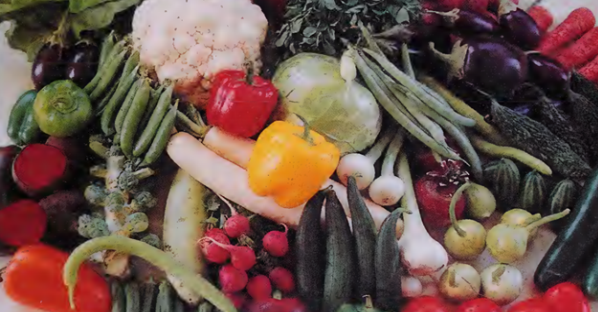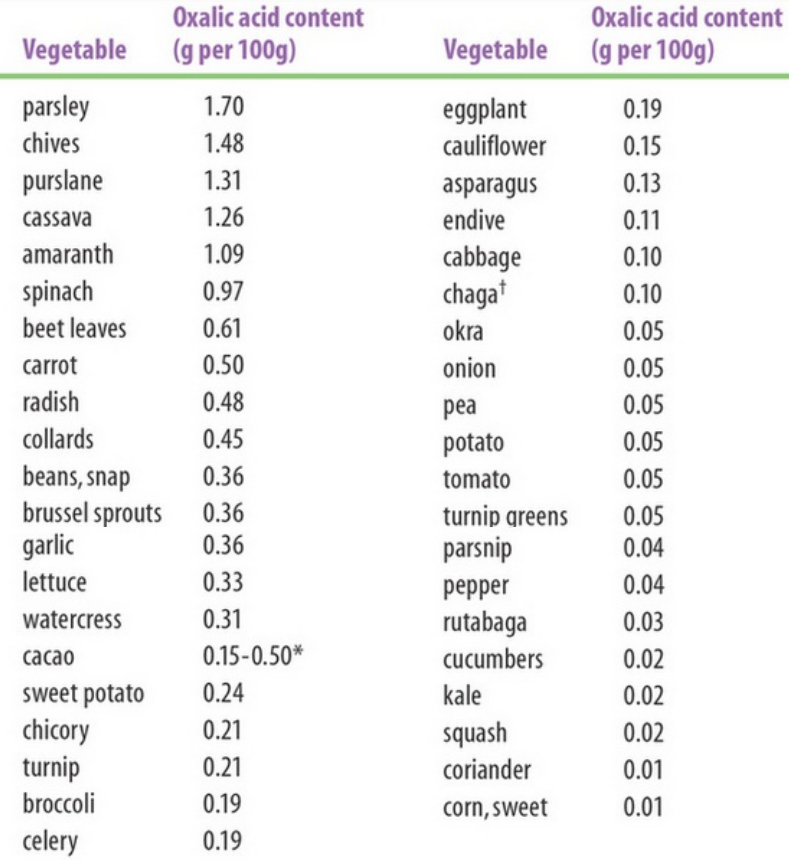The Role of Green Leaf Vegetables in Kidney Health

The Role of Green Leaf Vegetables in Kidney Health
Green-leafy vegetation is also an excellent detoxifier of the liver, especially wild greens.
The calcium, magnesium, and iron in deep green and wild green vegetation bind with heavy metals, chemicals, and chemical drugs and allow the body to wash them out as salts through the urine.
If green-leafed vegetables that are high in oxalic acid, such as beet greens, chard, lamb’s quarters, rhubarb, and spinach, are excessively eaten raw or cooked (cooking does not destroy oxalic acid), then the oxalic acid can contribute to the accumulation of calcium oxalates in the body especially the kidneys.
This interferes with iron absorption, and eventually (if eaten in large quantities over a long period) leads to stone formations in the kidneys.
Some people are devoid of the appropriate probiotic bacteria to digest oxalates and are, in addition, sensitive to oxalates; these folks should avoid oxalate-rich foods.
If oxalic foods are eaten raw in small quantities, the oxalates in these vegetables are normally metabolized properly by the body and are good for the intestines.
If one feels kidney pains three to six hours after eating oxalate-rich foods (even in the raw state), then they should be avoided.
Oxalic Acid Content of Selected Vegetables

- If sweet fruits are eaten with cooked or steamed non-starchy vegetables (asparagus, cauliflower, broccoli), the fruit should be eaten first.
- Sweet fruits should otherwise not be mixed with cooked or dehydrated foods due to the potential for fermentation and gas.
- Sweet fruits may be mixed and blended with green-leafy vegetables to create green smoothies.
- Watch for bananas in these drinks as bananas are starchier than most sweet fruits, ferments at a different rate, and could cause digestive disturbances.
- You may choose to remove bananas from your green fruit smoothies.
- Low-sugar fruits and raw cruciferous vegetables may be eaten together (e.g., okra and cauliflower; cucumber and broccoli).
- Also, different types of low-sugar fruits may be mixed (e.g., cucumbers, ripe bell peppers, and tomatoes).








